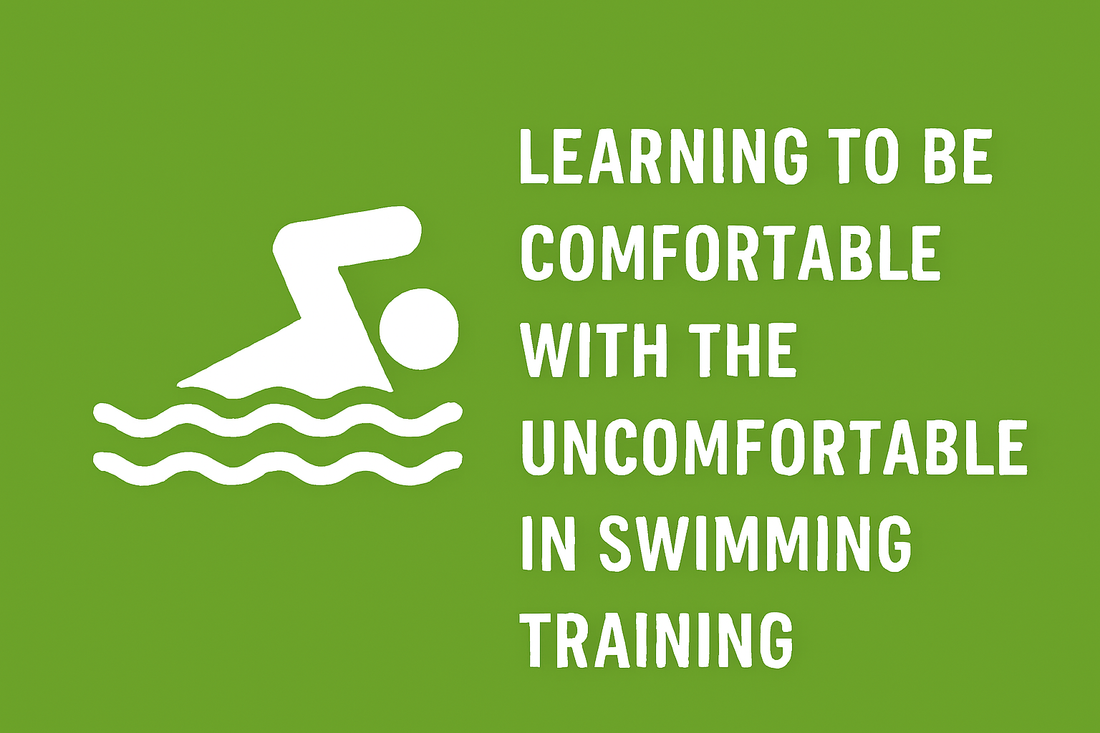
Learning to Be Comfortable with the Uncomfortable in Swimming Training by Kyle Main
Share
In the world of competitive swimming, progress rarely comes wrapped in comfort. It’s forged in early mornings, cold water, burning lungs, and moments of doubt. And yet, the athletes who thrive — truly thrive — are the ones who learn to lean into discomfort, not run from it.
Discomfort Is Not the Enemy — It’s the Teacher
Whether it’s the sting of lactic acid in a race-pace set or the mental fatigue of a long training block, discomfort is a signal. It tells us we’re pushing boundaries, testing limits, and stepping into growth. The goal isn’t to eliminate discomfort — it’s to reframe it.
When swimmers begin to associate discomfort with progress rather than punishment, everything changes. That final 50 meters of a 200 fly isn’t just pain — it’s a proving ground. The nerves before a race aren’t weakness — they’re readiness. The struggle in a tough set isn’t failure — it’s adaptation in motion.
The Psychology of Embracing the Edge
Learning to be comfortable with the uncomfortable is as much mental as it is physical. It starts with mindset:
- Curiosity over fear: Instead of dreading a challenging set, ask, “What can I learn from this?”
- Process over perfection: Focus on effort, execution, and attitude — not just outcomes.
- Resilience over resistance: Discomfort builds grit. Grit builds champions.
As coaches, we can model this mindset by celebrating effort, encouraging reflection, and normalizing struggle. When athletes see discomfort as a shared experience — not a personal flaw — they begin to own it.
Training That Builds Tolerance
At Green Wolf and in our training environment, we design training to stretch athletes just beyond their comfort zones — not break them. That means:
- Progressive overload: Gradually increasing intensity and complexity.
- Mental rehearsal: Visualizing discomfort and rehearsing responses.
- Recovery literacy: Teaching athletes how to b1ounce back, not just push through.
We also use testing protocols and feedback loops to help swimmers understand their thresholds — and redefine them.
